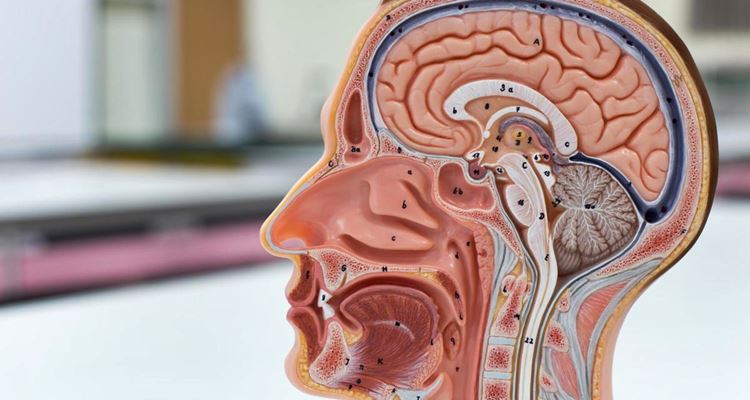The interesting history of lobotomy, a type of psychosurgery.
LOBOTOMY – Here’s a brief discussion of the history of lobotomy and its interesting history that caught much controversy.
A type of psychosurgery that is not practiced in the medical field now is lobotomy or also called leucotomy. This psychosurgery is done on people with mental illnesses like such as mood disorders and schizophrenia.

It is a procedure that involves the removal or alteration of a part of a brain. It can be done frontal or transorbital. This particular psychosurgery is no longer done at present times. But the following are some procedures still done up to now:
- cingulotomy
- anterior capsulotomy
- subcaudate tractotomy
- limbic leucotomy
- Corpus callosotomy
In the United States, this procedure had been halted. The last one was performed by Dr. Walter Freeman in the year 1967 and it was unsuccessful. It ended the life of the patient. The Soviet Union also banned this in 1950.
The idea started with Portuguese neurologist, Egas Moniz, who believed that “patients with obsessive behavior were suffering from fixed circuits in the brain”.
Moniz’s original method is to drill holes into the skull and pump absolute alcohol to the frontal cortex to destroy brain tissue. The first operation he did was deemed successful.
“I decided to sever the connecting fibers of the neurons in activity,” says a part of his monograph titled How I Came to Perform Frontal Leucotomy. This was adapted by other surgeons. This procedure includes drilling two holes on either side or top of the skull. A leucotome will be then inserted.
Leucotome is an instrument designed by Moniz for the removal of chunks of tissue from the frontal lobes. This means that this procedure purposely damages brain tissue to treat mental illness.
According to an article published in 2011 in the Journal of Neurosurgery, Moniz reported that the surgery is beneficial to people with depression, schizophrenia, panic disorder, and mania.
Years after, neurologist Walter Freeman and neurosurgeon James Watts adapted this idea. However, Freeman has made some developments as he wanted it to be more streamlined. A decade after the first leucotomy was done, a new method called transorbital lobotomy was created.
Transorbital is done by hammering an ice pick through the eye sockets of the patient to the brain. Freeman also created his own instrument for this procedure called orbitoclast.
Moniz’s procedure took over an hour to finish and Freeman’s took only 10 minutes or less.
However, this operation did nothing good. Long-Term Follow-Up of Selected Lobotomized Private Patients article stated that it created negative effects on the personality, initiative, inhibitions, empathy, and ability to function on their own of the patient.
Alice Hood Hammatt was the first patient to receive this procedure. She was suffering from agitated depression. Post-op, she expressed she was happy but days after the operation, she had some difficulties, disorientation, and agitation. But despite these negative effects, Freeman considered it a success.
One notable patient of this operation is Rosemary Kennedy, sister of former U.S. President John F. Kennedy. The operation did no good to her as well. She received it at the age of 23 but the procedure left her severely disabled all her life.
For most patients, leucotomy posed negative post-op effects. As stated above, it affected their personality, initiative, inhibitions, empathy, and ability to function on their own negatively.
The practice of this surgery subsided in the 1950s when antipsychotic and antidepressant medications were developed – a much safer and more effective way to address the symptoms of a mental disorder.
But the works of Moniz and Freeman paved way for other procedures like deep brain stimulation. Deep brain stimulation is used to treat severe MDD and OCD.
READ ALSO:
- Sodium Chloride – What Is Sodium Chloride Formula and Its Uses
- Eating Disorders – Different Types Of Eating Disorders and Their Symptoms
What can you say about this? Let us know!

